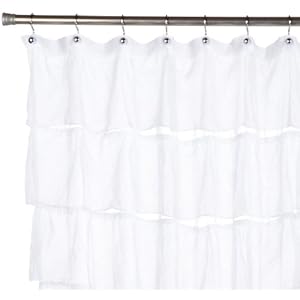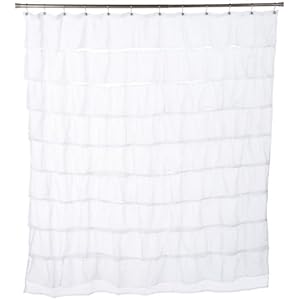Build a Shower Stall That Doesn't Leak
Many different approaches have been used to try to build a shower stall that doesn't leak. Shower pans of lead and copper were used for several years. Mixing metal, ceMent and water often lead to failure, maybe at twenty years, maybe sooner. Then some installers used hot mopped asphalt over concrete with varying success. Some installers still use each of those methods.
Build a Shower Stall That Doesn't Leak

Build a Shower Stall That Doesn't Leak
Build a Shower Stall That Doesn't Leak
Build a Shower Stall That Doesn't Leak
Today there are several methods to build a shower pan that promises a leak proof shower for a long time. The promise looks good and time will tell how these various methods work.
Tile Ready Shower Pans
Three companies including Tile Redi, Schluter and Wedi build systems that use polyurethane or foam and waterproof membranes to build bases upon which tile is then set. The only mortar used is as a base for the shower pan included as part of the system.
These systems all eliminate some of the skill required for building a masonry shower but at a cost. The cost of these systems is higher than a conventional shower, but the shower goes together Faster which is a distinct advanTAGe in some situations.
Fiberglass Pans
Consider a fiberglass or acrylic shower stall. You don't get the look and feel of a ceramic shower, but the cost is less. The cheaper shower stalls wear fAirly quickly and don't have as long a life as a tile shower, provided the tile shower doesn't start leaking.
Conventional Masonry Showers
Most ceramic showers are still built using masonry construction. A masonry shower pan is built in this manner. A solid base or subfloor is required. A shower drain is rough set in place. The shower pan has two sets of drain holes, a lower set and an upper set. Then a layer of mortar is put down sloped to the bottom drain holes. Pea gravel or broken tiles are placed over the drain holes to keep them open. Then a special vinyl sheet is placed over the mortar layer and glued to the drain base.
The vinyl membrane is the key to the shower base. You must realize that the tile and grout surface you see on a shower floor are not waterproof. Water seeps through the shower floor and migrates down to the membrane and then down the sloped membrane to the bottom drain holes.
Above the vinyl membrane, another layer of mortar is poured to serve as the base for the ceramic tile. After that base cures, the tile is set and grouted on top even with the drain. The construction of the curb is critical too. Around the curb and in the corners of the floor are places where the membrane can crack and leak. Then the walls and ceiling are built.
Some of the modern systems available today will continue to change the way showers are constructed. Most make shower construction simpler. It still seems that for the immediate future some form of the conventional shower will still be the standard. When carefully built using modern materials, a conventional masonry shower will work perfectly for many years.
Build a Shower Stall That Doesn't LeakVisit : Weber GasGrill Outdoor Homemade Mothers Day Gifts Sundesa Blenderbottle Hotel Collection Bedding


No comments:
Post a Comment